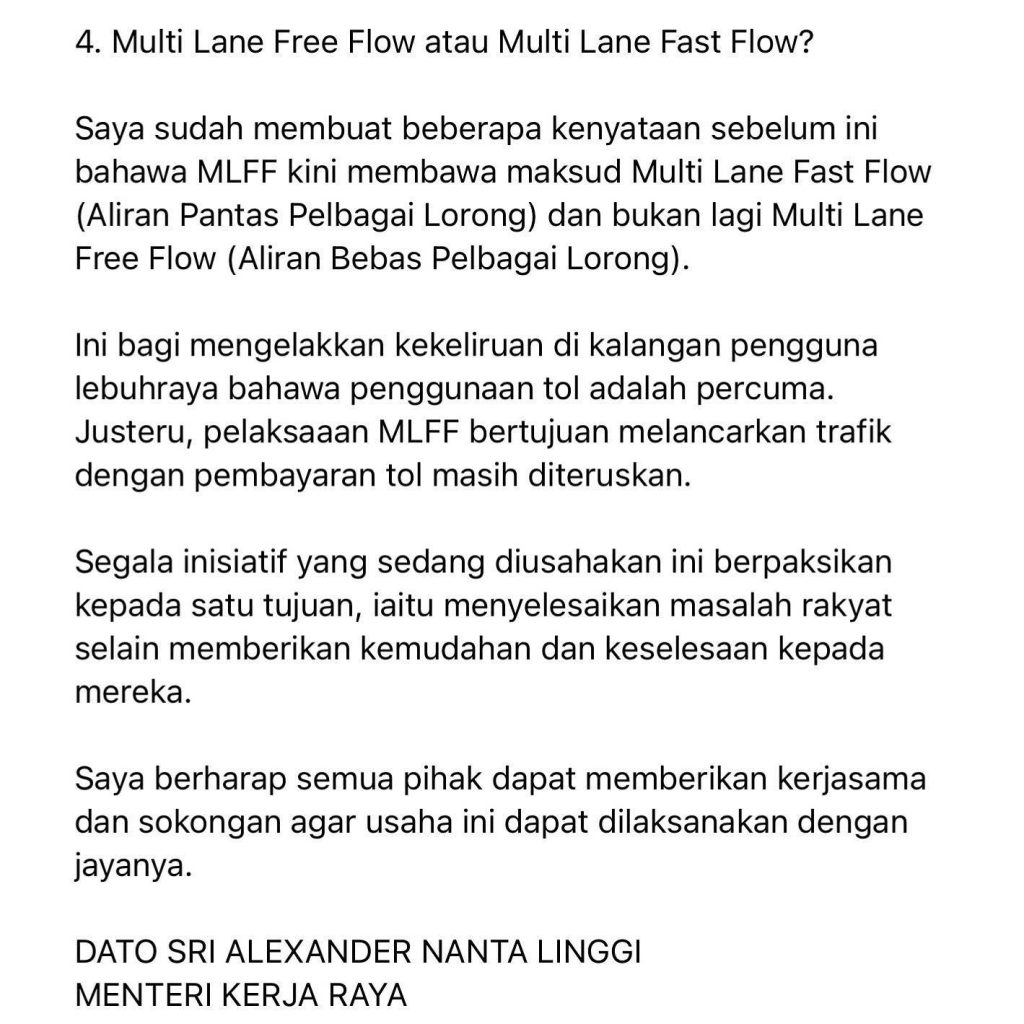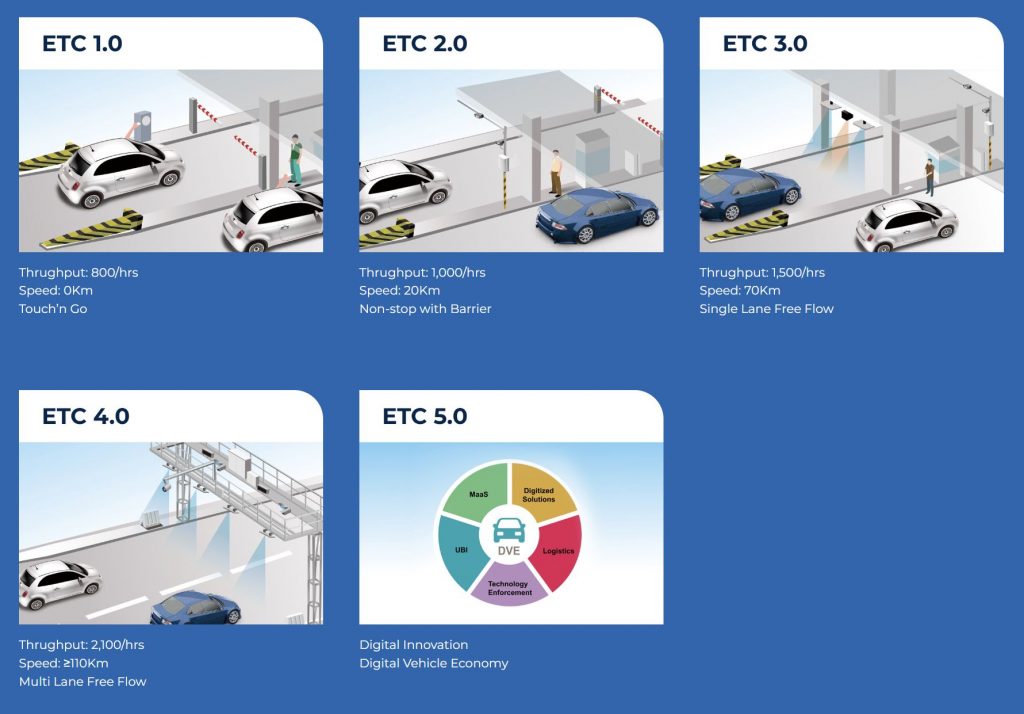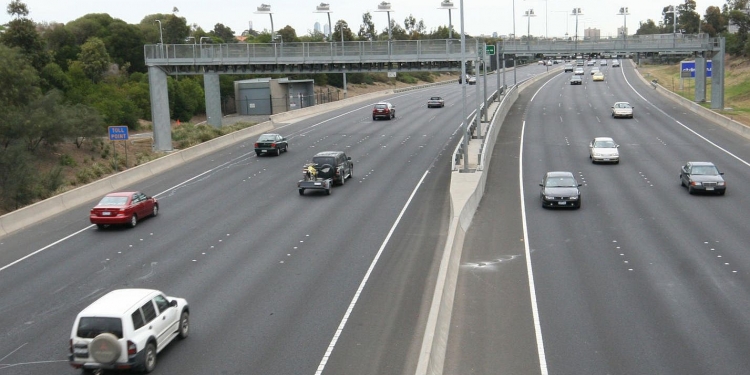As announced recently, Malaysia now aims to implement a barrier-less MLFF highway tolling experience by the end of Q3 2024 and the implementation is estimated to cost RM3.46 billion. Although MLFF is typically known universally as Multi-Lane-Free-Flow, the current Works Minister Alexander Nanta Linggi says MLFF now carries a different meaning.
In a statement shared on social media, he said MLFF is now known as Multi-Lane-Fast-Flow, not Multi-Lane-Free-Flow. He explained the change from Free-Flow to Fast-Flow is to avoid confusion among highway users that the highway tolls are free. The MLFF implementation is meant to ensure smoother traffic while toll collection is still continued.

He emphasised that all initiatives that are being carried out at the moment are focused on a single goal, which is to solve the problems of the people while providing convenience and comfort. He hopes that the implementation will be successful with the cooperation and support from various parties.
A proof of concept (POC) for the MLFF implementation is expected to start in October 2023 and the list of participating highways will be revealed at a later time. The POC is to evaluate the MLFF implementation before it is expanded to all highways by the end of 2024. Once MLFF is implemented, there will be no barriers or physical toll booths for toll collections. RFID was introduced as the first step towards enabling MLFF as the technology allows tolls to be collected from vehicles travelling at high speeds without slowing down. However, the current RFID implementation is watered down as there are still barriers in place.
At the moment, all tolled highways in Malaysia have gone cashless. Highway users can currently pay for tolls using their physical Touch ‘n Go card which requires the vehicle to come to a complete stop or other quicker options such as SmartTAG and TNG RFID.

In various implementations in other countries to move away from physical toll booths, the transition to MLFF involves the introduction of Single Lane Free Flow (SLFF) where barriers are removed only for the RFID lane. To ensure all vehicles are tracked and charged accordingly, the toll gantries are equipped with automated number plate recognition technology. Typically, if a vehicle without a valid RFID tag or linked account had passed through a toll gantry, they are given a grace period to pay the bill. If the vehicle owner fails to settle the toll, a penalty can be issued for late payments and legal action will be taken by the authorities to recover the outstanding payment.
Before barriers can be removed, a comprehensive legal framework is required in Malaysia to address leakages due to toll evaders. The Works Ministry is currently working towards implementing an Open Payment System by September 2023 for 5 highways. This would put an end to Touch ‘n Go’s monopoly as users for selected highways will be given additional options to pay for tolls using their credit and debit cards. Minister Alexander Nanta Linggi said the implementation will take some time as there are several processes that need to through which include technical, legal and financial aspects.
[ SOURCE, IMAGE SOURCE ]
Related reading
- Works Minister explains why open payment system for highway tolling is taking so long
- Credit and Debit card support and MLFF for highway tolls: 3 big questions
- Road to MLFF: These 5 highways will support credit and debit cards by September 2023
- Here’s the list of 12 PLUS toll plazas that are getting extra RFID lanes by April 2023








